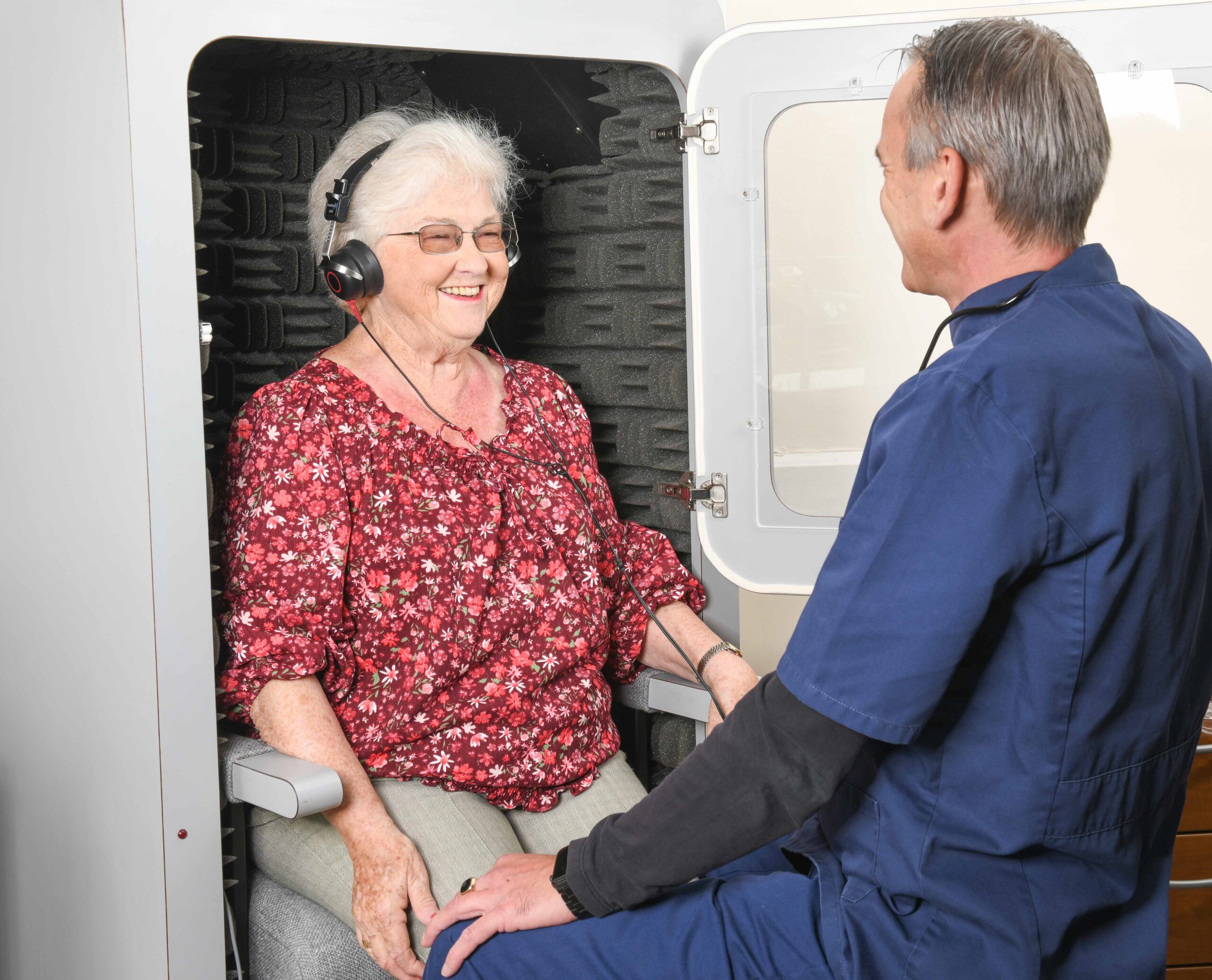What to expect?
Comprehensive hearing assessments vary for each person
With hearing being such a complex area, it is important that a hearing assessment is thorough and reviewing every aspect of your hearing health is our purpose.
Testing Process
If you suspect you may have hearing loss, it is important to seek professional advice and evaluation from a qualified audiologist. The purpose of an audiological evaluation is to determine whether a hearing loss exists, and if so, the type and severity of your hearing impairment. The audiologist uses a variety of tests to evaluate your hearing. The overall process is painless, comfortable and safe.
Testing Process Overview
- The evaluation begins with an exam of the outer ear using a video-otoscope (a medical camera used to look into the ears) to determine the health of the outer ear, the ear canal and the eardrum.
- The next step is a thorough hearing test to assess your ability to hear the softest sound on a range of frequencies which establishes your hearing threshold, giving us a very basic guideline as to what extent your hearing may have changed.
- A variety of speech understanding tests are then performed, which will help the audiologist to determine how the brain is interpreting speech in quiet and in noisy background situations. This will then allow the audiologist to relate realistic expectations of the solutions available to you.

Common Testing Components
- A fully qualified Help in Hearing audiologist performs an exam of the outer ear using an otoscope to ensure the ear canal is clear and to check the health of the eardrum.
- Tympanometry is an examination used to test the condition of the middle ear and mobility of the eardrum (tympanic membrane) and the conduction bones by creating variations of air pressure in the ear canal.
- A hearing evaluation test is carried out in our state of the art, soundproofed booth. Headphones are used and you listen to various tones and indicate when you hear them by depressing a button. Your responses are then automatically evaluated to determine your hearing range. The test is also repeated for various tones across the range most important for speech.
- Speech discrimination testing determines if speech is clear to you when played at a comfortable volume and also with a variety of background noises.
- Results from all the tests are compiled into a graphical representation of your hearing (an audiogram) which explains all aspects of your hearing.
Additional tests
In some situations it may be beneficial to carry out some advanced tests to ensure all aspects of hearing are assessed. This includes Acoustic Reflex Testing – using the same tympanometry equipment, the middle ear reflex will be recorded for various tones and volumes. The acoustic reflex is an involuntary, middle-ear, muscle contraction that occurs in response to high-intensity sounds and voice.
